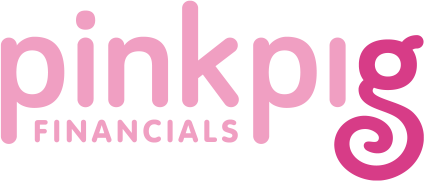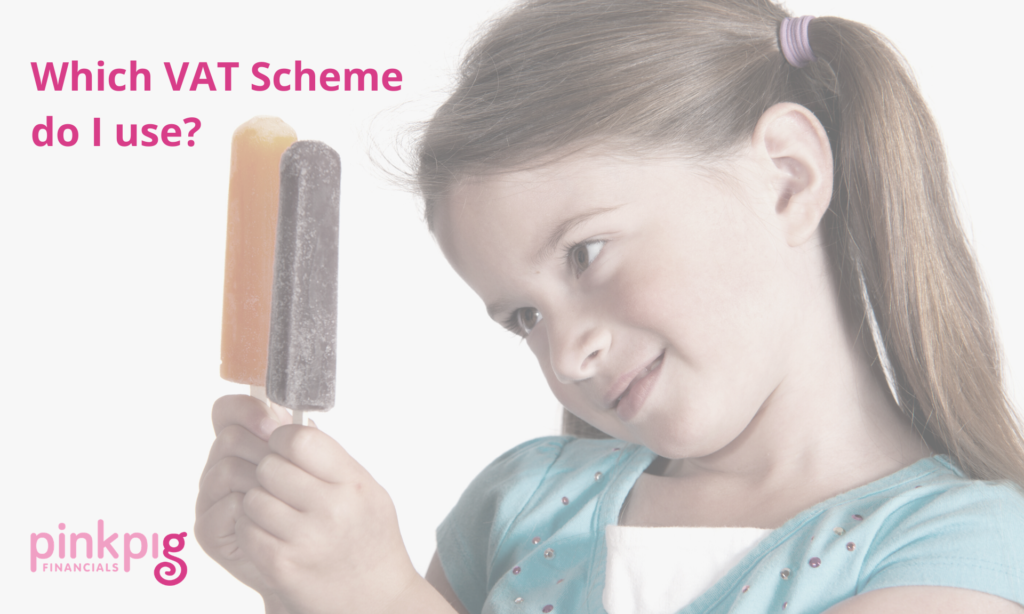You may already be aware that businesses are required to register for VAT with HMRC once their earnings pass a certain threshold. Sounds simple, right? When you reach a certain level of income, it’s time to register.
Where it gets a little more complicated is choosing which VAT Accounting scheme to register under.
The VAT accounting scheme is essentially the method you choose to account for how much VAT you’ve charged, and how much you’ve paid. The methods we’re going to talk about in this blog will have different advantages and disadvantages based on the kind of business you run and how cash flows through your business.
A reminder: you only need to worry about VAT if you’re over the £90,000 turnover threshold
Before we get into the nitty gritty of choosing a scheme, let’s recap the basics of why you might need to be thinking about VAT in the first place.
VAT stands for Value Added Tax. A value is added to the sale of products and services in the UK as a form of consumption tax. So, if you are a VAT registered business, you’re able to reclaim the tax you pay on business expenses.
Registering for VAT is mandatory if:
- Your VAT taxable turnover exceeded £90,000 in the last 12 months (it is important to note that the 12 month period is a rolling 12 months and is not a financial year)
- You expect your VAT taxable turnover to be more than £90,000 in the next 30 day period.
That being said, you can register for VAT voluntarily even if your business turnover is below £85,000.
Based on the kind of business you run, there are different VAT schemes available to you
Flat Rate Scheme
This scheme was designed to encourage small businesses to register for VAT. Your business’s turnover must be less than £150,000 to qualify for the flat rate VAT scheme.
Under this scheme, you charge VAT at the appropriate rate (currently 20%) but pay VAT to HMRC at a lower rate. You then keep the difference between what you charge your customers and what you pay to HMRC. However, you cannot reclaim the VAT on your purchases except for certain capital assets over £2,000.
The flat rate you use will depend on whether you are classed as a ‘limited cost business’ and the type of business you are in.
A business is classed as a limited cost business if goods cost less than either;
- 2% of turnover
- £1,000 a year (if costs are more than 2%)
If you are classed as a limited cost business you will pay VAT at the higher flat rate of 16.5%.
If you are not classed as a limited cost business you use the business type to work out your flat rate. There is a table on the HMRC website here with the different rates for different business types.
The advantages and disadvantages of this scheme
The big advantage of this scheme is that you don’t have to keep a record of the VAT you charge on every sale or pay VAT on every purchase.
Instead you can calculate your VAT payments as a percentage of your total VAT-inclusive turnover, which makes it easier and quicker to do your VAT return.
However, the disadvantage of this scheme is that all taxable sales are included in the calculation including if they are zero rated or exempt, so you could pay across more VAT than you have collected.
Cash Accounting Scheme
Under this scheme, VAT is accounted for when payment is made. Therefore, you have to pay HMRC the VAT on sales when your customer pays you and, similarly, you reclaim VAT on purchases when you’ve paid your supplier. VAT is paid to (or reclaimed) from HMRC quarterly based on payment dates.
- You can use cash accounting if you estimate that your turnover during the next tax year will be no more than £1.35 million.
- Note: from the 1st March 2021 businesses that fall within the new VAT Domestic Reverse Charge for construction services cannot use the cash accounting scheme. If you fall into this category and you’re already using the cash accounting scheme, you will need to change to the standard (accrual) scheme.
The advantages and disadvantages of this scheme
The cash accounting scheme can help your business’s cash flow as you don’t have to pay the VAT to HMRC until your customer has paid you.
It is a good idea to use this scheme (subject to meeting the threshold) if there is a long lead time between when you raise invoices and when your customers pay you.
However, this scheme does have a disadvantage if you buy lots of your items on credit as you cannot reclaim the VAT on your purchases until you have paid for the items.
Accrual Accounting Scheme/Standard VAT Scheme
Under the standard scheme, VAT is recorded and paid on the basis of when invoices are issued. VAT is accounted for on sales and purchases on the date the invoice is raised and VAT paid quarterly to HMRC regardless of whether the invoice has been settled or not.
The advantages and disadvantages of this scheme
If you are paid promptly at the point of sale, or your customers pay by direct debit, this scheme has the advantage of being able to reclaim VAT on your purchases when they are bought rather than when you pay for them.
Although not a scheme, please note that the Domestic Reverse Charge for Construction requires another set of rules
The Domestic Reverse Charge for those in the building and construction industry is not a VAT scheme like the ones we’ve laid out above. Though it is worth noting here that if you’re in the construction industry, there is a whole other set of rules required too – and under this charge you will need to be on the standard accruals scheme, number 3 above. Read more about your requirements in our blog on this specialist area: Reverse Charge VAT for the Construction Industry.
The answer is: it depends. So ask for help to figure out where you stand
This blog will give you a good idea of which VAT scheme is best for your business, and for managing your cash flow well. It’s important to mention that calculating and filing your VAT returns isn’t something you need (or may particularly want) to figure out alone.
There’s a reason Accountants spend their time understanding the rules and regulations for businesses – so you don’t have to! Many accounting software companies, and the internet at large, would have you believe that filing a VAT return is as simple as the click of a button.
But, as you can see from the information in this blog alone, there’s more to it than that. At a bare minimum, these decisions are important for making sure you’re not getting VAT wrong and inviting an overdue bill or large penalty. But further to that, these decisions will enable you to better manage your cash so you don’t find yourself hard up after paying your VAT in a lump sum.
We’re here to help you make the best decision for you. Come and chat to us if you need it.

